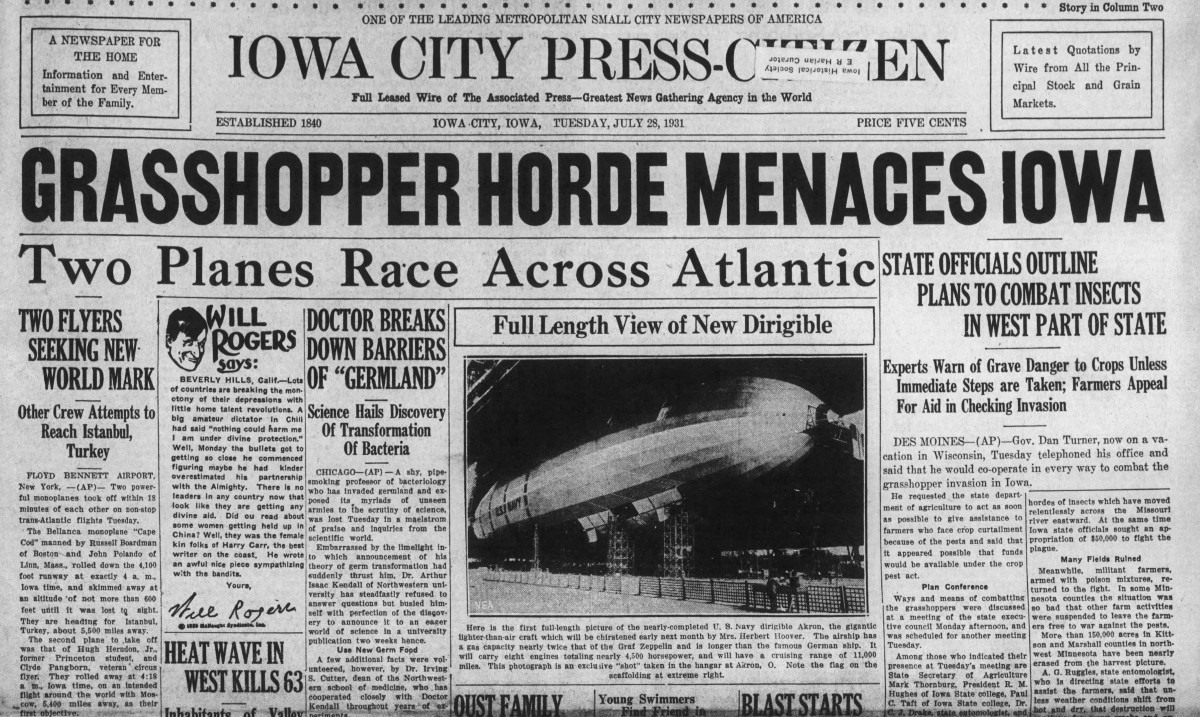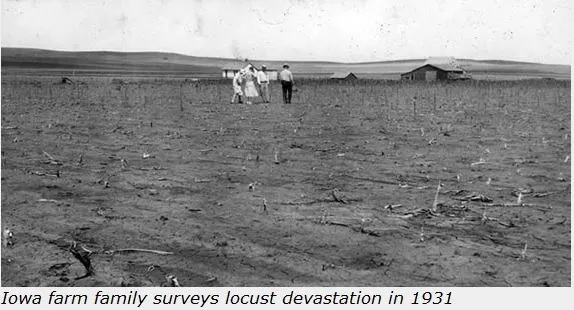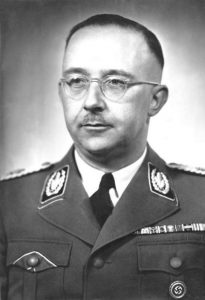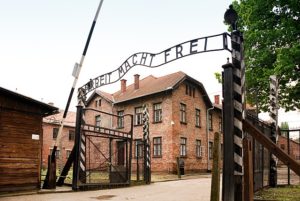
Public Domain
On July 29, 1588 naval forces of England and Spain engaged in an 8-hour furious battle off the coast of France that determined the fate of both countries control of the seas. Spain had created the armada to not only gain control of the English Channel but also to land an invasion force in England. England since the early 1580s had been conducting raids against Spanish commerce and had supported Dutch rebels in Spanish Netherlands. The other reason was to restore Catholicism that had been outlawed since the reign of King Henry VIII
The invasion fleet was authorized by King Philip II and was completed in 1587 but delayed by a raid by Sir Francis Drake on the Armada’s supplies. It did not depart until May 19, 1588. The fleet consisted of 130 ships under the command of the Duke of Medina-Sidonia. It had 2,500 guns, 8,000 seamen, and 20,000 soldiers. The Spanish ships though were slower than their English counterparts and lighter armed as well despite their guns. Their tactic was to force boarding when their ships were close enough. They believed with the superior numbers of Spanish infantry they could overwhelm the English ships.
The English were commanded by Charles Howard, 2nd Baron Howard of Effingham. Like his counterpart, he was an admiral with not much sea experience but proved to be the better leader. His second in command was Sir Francis Drake. The English fleet was at its height 200 ships but in the actual combat was at most 100. Only 40 were warships and the rest smaller, but they were armed with heavy artillery that were able to fire at longer ranges without having to get close to the enemy to be effective. The English strategy was to bombard their enemy from a distance and not give them the opportunity to get close and possibly board their ships (which had smaller number of soldiers aboard than the Spanish had).
As the Spanish Armada made its way, it would be harassed by English ships that bombarded them at a distance negating Spanish attempts to board. The Armada anchored near Calais, France on 27 July. The Spanish forces on land were in Flanders and would take time to get Calais. However, since there was no safe port and enemy Dutch and English ships patrolled the coastal shallows, it meant those troops had no safe way to get to the Armada.
Around midnight on 29 July, the English sent 8 fire ships into the anchored Spanish fleet. The Spanish were forced to quickly scatter to avoid the fire ships. This meant the Armada formation was now broken making them easier targets for the English to attack. They closed to effective range and attacked. Surprising to the English, the return fire was mostly small arms. It turns out most of the heavy cannons had not been mounted. And those that were did not have properly trained crews on how to reload. Three Spanish ships were sunk or driven ashore. Other ships were battered and moved away. The English also were low on ammunition, so they had to drop back and follow the Spanish fleet.
The Spanish fleet had to flee north and around Scotland and from there head back to Spain. The English fleet turned back for resupply. It was a long road back to Spain for the Armada. Autumn had arrived and gales in the North Atlantic made passage tough. Ships were lost to bad weather, navigational errors, foundered near Ireland, and possibly battle damage as well. Only 60 of the 130 survived with an estimated loss of 15,000 men. The English losses were much smaller with fewer men wounded or killed in battle. It appears most of the deaths that came later were due to disease (possibly scurvy). Damages to the English ships were negligible.
Significance
With the defeat of the Spanish Armada, England was made safe from invasion. The Dutch rebels the English backed in Spanish Netherlands were saved as well. Spain up to that point had been considered to be the greatest European power, so it was a major blow to their prestige that would have ramifications down the road for them. Also, it heralded a major change for naval battles. This was the first major naval gun battle where the combatants fought at a distance rather than closing and boarding. Warships that could move quickly and had artillery that fire at long range would become the norm on the seas from that point on. England would now become a major world power. Spain still was in the game for several decades (the English were not successful either in trying their own invasion) and was still a major colonial power. England and Spain formally ended their conflict in 1604. Spain, however, would eventually go into decline as England and other European powers would successfully expand into Asia and establish their own colonies and trade routes.
Sources:
This Day In History: Spanish Armada Defeated
Encyclopedia Britannica: Spanish Armada
















